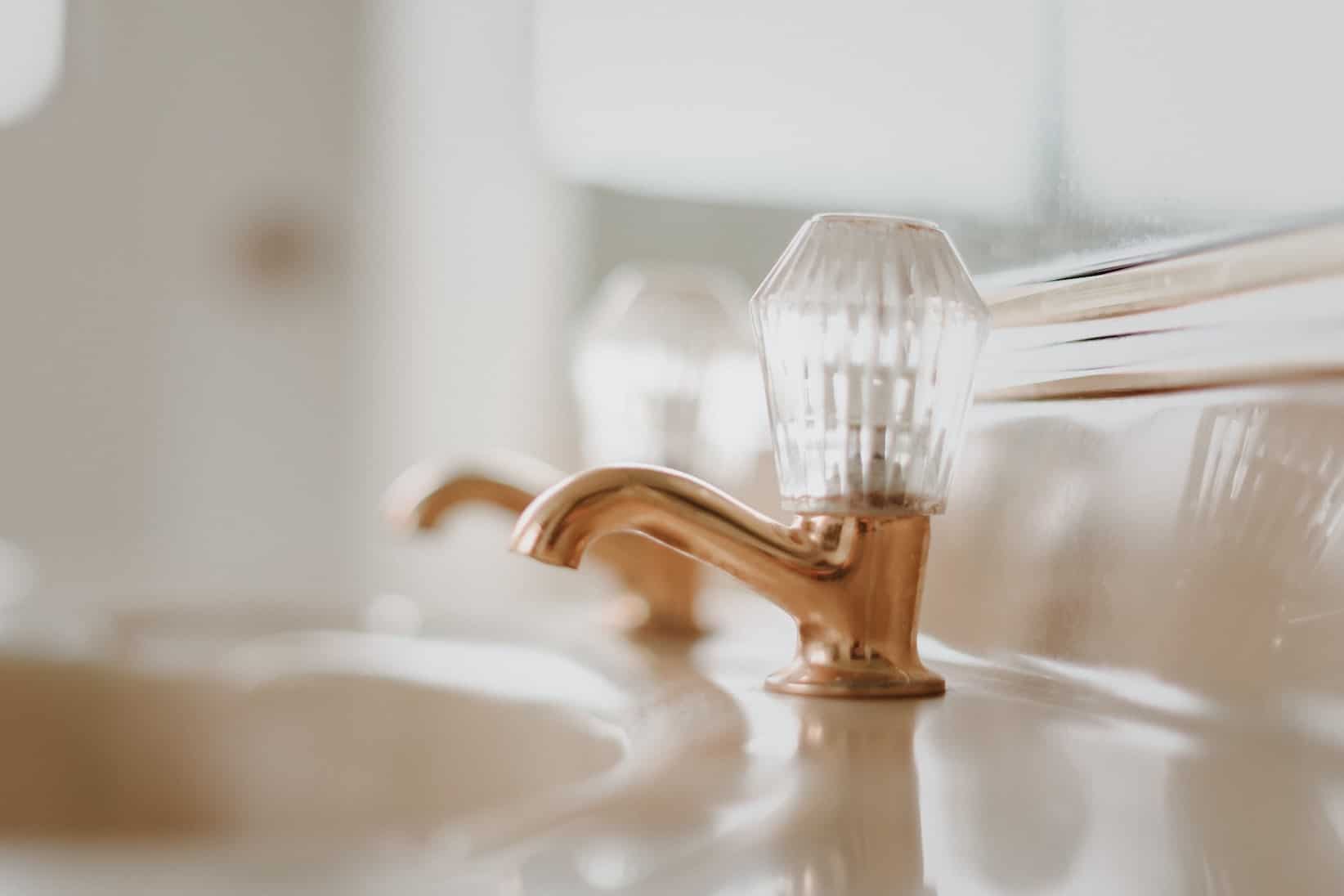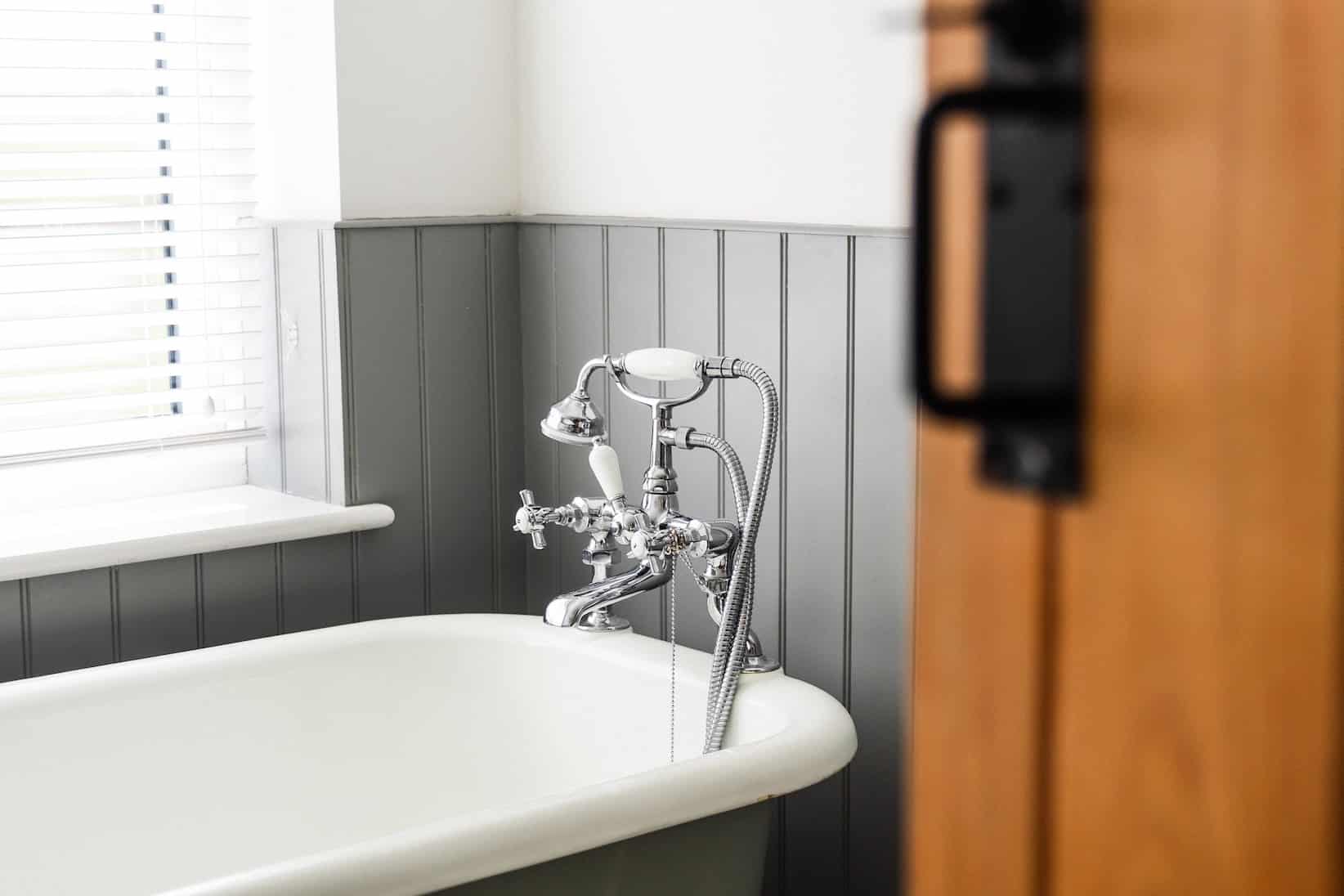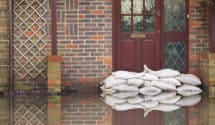Apartment Checklist: Plumber’s Edition
Moving into a new apartment can be both exciting and stressful. Whether it’s figuring out how to position your couch, confirming that sprinklers and smoke detectors are properly installed, or getting creative about how to hang your favorite photos in your living room (careful of nail marks!), there’s a lot to do. Many apartments ask that you walk through and make a note of any initial issues before moving in as well. This is an essential part of the process so that your future landlord would know what needs to be addressed (and what they can’t charge you for once you move out).
An area to pay special attention to is the bathroom and plumbing. Experts at Mr. Blue Plumbing recommend focusing on the following areas.
Safety of the Water Supply
Living in the United States means you’re bound to have some of the cleanest and safest water in the world, no matter where you’re renting. However, there are still some potential contaminants you need to be careful about.
Some of them, such as bacteria and viruses, are naturally occurring. While they’re generally removed or killed by your water treatment plant, they may make it through the treatment process or after the water is treated.
Other non-living contaminants like copper, lead, arsenic, and other minerals can result from the treatment process, but most make their way into your water while it’s en route to your home or apartment. This is especially an issue if you’re moving into an older apartment building that isn’t fully up to modern building codes.
For most Americans, the contaminants within their drinking water are well within the range of what is considered “safe” by the Environmental Protection Agency (EPA). Still, it’s worth confirming the safety of your water when you move into a new apartment.
How to Check If Your Water Is Safe?
One of the first things you’ll want to check off of your first apartment checklist before you sign your lease and deliver your security deposit is to contact the local water authority where you intend to rent. You would want to ask them about their testing protocols, the last time the water was tested, and the results of the test.
More like this: Reinvent Your Rental: Ideas to Revive Rental Bathrooms
Many water utility companies carry out testing in line with what the EPA mandates, while some go above and beyond to ensure your drinking water is as safe as possible. The EPA requires routine testing depending on the source of the water and the number of customers served. If the utility company confirms that their testing is not in line with EPA recommendations for your area, you may want to consider renting elsewhere unless you’re prepared to install a high-quality water filtration system to combat contaminants prevalent in your area.
Once you’ve confirmed the testing schedule with your future water utility company, you can review the Consumer Confidence Report (CCR) for your city. This is a report provided by water utility companies to residents of each city in the country that details water sources in the area, a quality report, common contaminants, and more.
Short of calling your water provider for a live-time update, the CCR for your city will have the most accurate and in-depth information on water quality in your new apartment.
Finally, you may want to consider having your water independently tested. This can be a somewhat costly endeavor, but it will unearth any problems related to the piping in your apartment.
The water coming from the treatment plant in your area might be pristine and perfectly healthy, but it could then get infected with bacteria, metals, and chemicals from your plumbing system. A personal water test is the only way to uncover issues stemming from the pipes in your apartment building.
What Do You Do If Your Water Is Unsafe?
If your water provider or the most recent CCR notes that the water quality is sub-standard, you’ll want to take action if you still plan on moving into an apartment in the area.

If your water quality is poor because of common waterborne bacteria or viruses like otitis externa, norovirus, cryptosporidiosis, or giardiasis, having plumbing experts install a whole-apartment water filtration system is likely your best bet. These microscopic organisms can be removed from your drinking water using single-micron filters or reverse osmosis filters, which are generally very affordable for apartments given the limited square feet for which they’re rated.
These filters can also remove lead, arsenic, and other non-living contaminants from your water, but they might be overkill, depending on how much contamination you have.
In many areas of the United States, running your water for a minute or two before using it for drinking or cooking can eliminate a large amount of copper, lead, and other metals that naturally get pulled from your piping. Even if there are potentially unsafe amounts of metals in your water, running the tap before use can sometimes bring your water down to safe levels for consumption.
Additionally, avoid using hot water for drinking or cooking. Hot water leaches chemicals and metals from your copper or lead pipes more readily, so cold water is always safer for consumption, even if you intend to cook with it.
[content_block id=2514]
Finally, if you carry out a personal water test and find contaminants in your water not reported by the water authority or supported by their data, the pipes in your apartment might be to blame. In that case, you can contact master plumbers to replace potentially dangerous lines. Of course, your landlord, management company, or homeowner might have to bring in their own plumber to carry out the work instead.
Hot Water Availability
No matter where you live or how modernized your plumbing system is, the potential for running out of hot water is there. This can be extremely frustrating because you rely on hot water for comfort and cleanliness. A limited supply of hot water is common in some apartment buildings because of the heavy occupancy and increased demand in your building, so checking hot water availability should always be on your inspection checklist.
How to Test Hot Water Availability
You can begin looking into hot water availability by asking your landlord or property manager what kind of water heater serves your apartment building and if your water heater is shared with other units.
Ideally, your apartment will have a dedicated tankless water heater, in which case the water should remain hot indefinitely. Older apartment buildings will either have dedicated tank-style heaters for each unit or shared tank-style heaters for multiple units.
In general, a 40-gallon water heater tank should supply hot water for about 30-45 minutes, depending on the temperature outside. While you’re inspecting your apartment, you can turn on the hot water in a shower or sink and let it run while you walk through. If you come back in under 20 minutes and find cold or just moderately warm water, your unit has an unnaturally low availability of hot water, and it could be an issue for you in the future.
If this is the case, you may want to ask management if the heater needs to be flushed, as minerals from hard water can settle in the tank and make it less efficient. If you have soft water in your area, the sacrificial anode inside the tank may have corroded and might need replacement in order to increase the efficiency of your water heater.
How to Fix Limited Hot Water In Your Apartment
Unfortunately, there are few DIY fixes you can carry out for minimal hot water availability unless you have direct access to your unit’s dedicated water heater. If you do, you can call in a plumber to flush the tank, confirm there is no corrosion or abnormal inefficiencies, insulate the tank to increase performance, or replace the sacrificial anode.

Even if you don’t intend to take steps to correct the issue now, it’s a good idea to check with management during your inspection as to who will be responsible for the maintenance of your water heater.
Water Pressure Quality
Another issue you may run into when inspecting your apartment is water pressure. If you have high water pressure, a pressure regulator is an inexpensive fix to reduce the flow rate and keep your pipes safe. You may want to mention high pressure to your landlord, as keeping it within acceptable levels might be required by the local plumbing code, and they may not be aware. High water pressure can damage fixtures, HVAC equipment, and appliances, so it’s in their best interest to keep it within the acceptable range.
However, in most cases across the United States, low water pressure will be the complaint rather than high water pressure. Below, we’ll detail how to check the pressure, what causes low water pressure, and how to fix it.
How to Check Your Apartment’s Water Pressure
The easiest and fastest way to check the water pressure in your apartment is to bring a water pressure gauge with you when you go to inspect the unit. These gauges simply attach to a tap like a hose bib outside or a washing machine tap inside, and they give you a pressure reading when you turn on the tap. Some gauges include an attachment to connect it to a faucet, just like an aerator, which is convenient for use in an apartment where your accessibility to a washer or hose bib may be limited. You can purchase these inexpensive testing gauges online or at your local hardware store.
To use the gauge, simply screw it onto a tap and turn the water on. The indicator will give you a pressure reading, usually between 40 and 60 psi, which is considered safe and normal. Within this range, your pipes aren’t at risk of bursting from high water pressure, and you likely won’t notice what most people consider insufficient pressure for washing and bathing.
What to Do If Water Is Barely Trickling Out of Taps
If water pressure doesn’t seem normal and instead trickles out of faucets or the showerhead in your apartment, the simplest fix is opening the shut off valves. These may have been closed while the unit was vacant, and opening them all the way might solve the issue.
More like this: Incredible Ways to Spruce Up Your Rental Kitchen
If not, you can ask your landlord or property manager if low water pressure is a common occurrence in the area and in their building specifically. Unfortunately, low water pressure is a common issue in apartment buildings where the demand from multiple units or common areas like laundry rooms is higher than in single-family real estate.
The problem might be related to your location if you’re at a higher elevation than your water supplier’s water towers. If that’s the case, there is unfortunately not much you can do about the problem except look for an apartment in an area where low water pressure isn’t an issue.
The problem might also be due to mineral build-up in the pipes, which is often the case where water is naturally hard. The minerals accumulate inside the pipes in your apartment, cause a blockage, reduce the flow rate through them, and lower the water pressure at the faucet or showerheads in your unit.
DIY Fixes for Low Water Pressure In Your Apartment
If your lease agreement states that you have control over the plumbing system in your unit, you can call in a plumber to address the issue for you. However, this isn’t the case for most renters, so you’ll more than likely need a DIY fix.
The best thing you can do to increase perceived water pressure is to install low-flow showerheads and faucets. These plumbing fixtures have aerators that make even low-pressure water feel sufficient for washing and bathing. Not only do they effectively get rid of your low water pressure problems, but they also reduce the amount of water you use, making your apartment more efficient and environmentally friendly.






Thanks for the share nice information about the renting.